5 Ways to Clean Ceramic Pans & Cookware
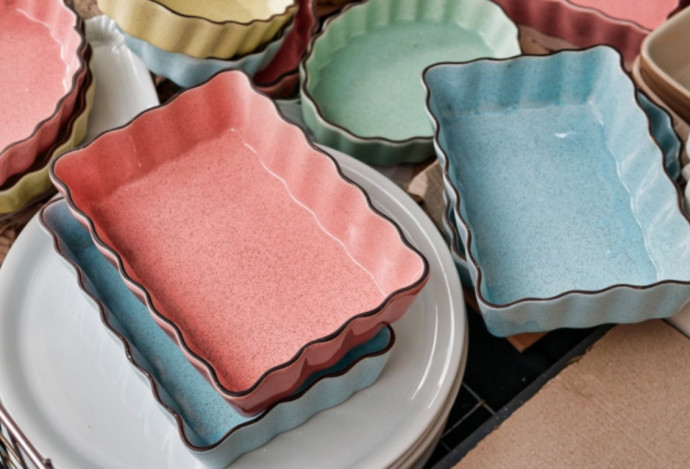
Ceramic pans and cookware are popular for their non-stick cooking surface. The name is somewhat misleading because the entire pan is not ceramic, but only a ceramic coating that is bonded to the metal of the cookware. A ceramic coating can be applied to cast iron, aluminum, copper or stainless steel. While the non-stick coating sounds like it would be easy to clean, it does leave stains, especially if the food is burned at a high temperature. With a few tips and some household cleaning basics, you can use ceramic pans for many years of meal preparation. Discover 5 best ways to clean ceramic pans and cookware.
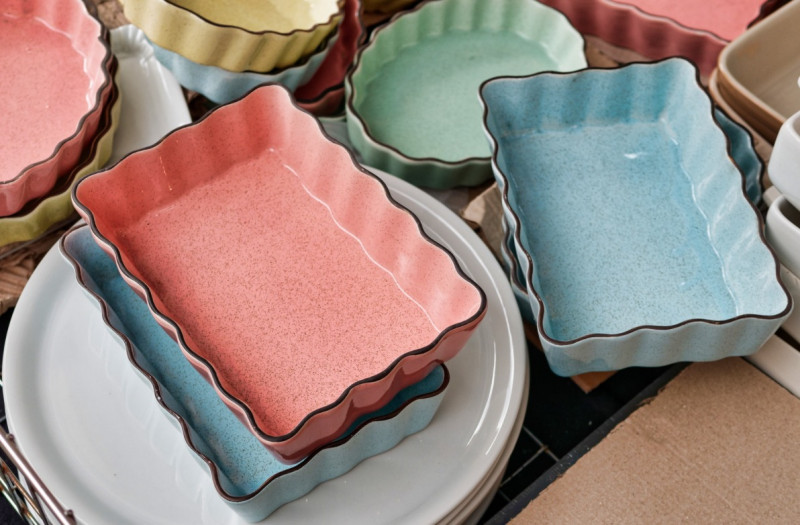
Warnings
Let it cool
If you are faced with a nightmare called a burnt ceramic pan, you should take drastic measures. Although you would prefer to act immediately in such a situation, it is better to wait until your pan has cooled down. Ceramic does not respond well to dramatic temperature changes, so it's better to let it cool down first.
Be gentle
Avoid using metal pads, abrasive nylon, steel wool, and scouring agents on your ceramic pan. This is necessary so as not to compromise the quality of the surface and damage or scratch the surface layer. Also, always rinse your cookware thoroughly and then dry it with soft cloths and paper towels.
If you choose a ceramic pan, be sure to clean it thoroughly on a regular basis. This will help remove stains and keep your cookware looking great for a long time.
You'll also need to use some abrasive cleaners as needed to wash burnt food out of your pan. Let us take a closer look at your best options.
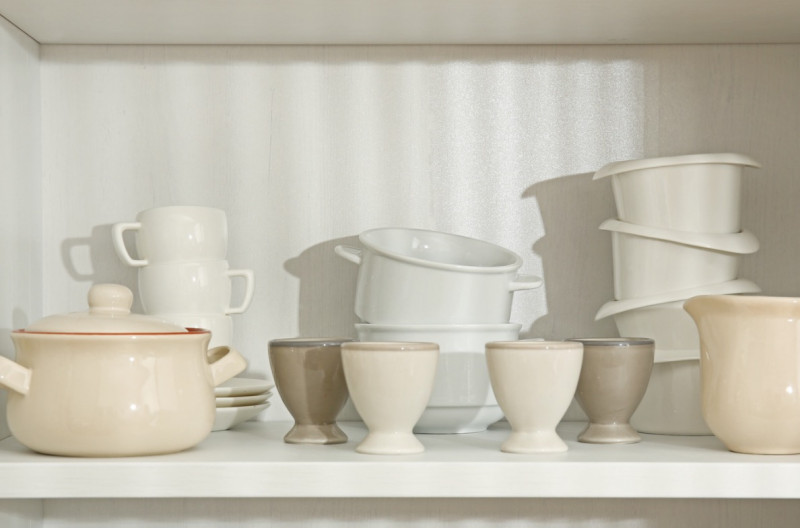
1. Hot water
Unlike non-stick pans with Teflon, ceramic cookware does not contain PFOA and PTFE, so it will not react with food while cooking. This has two advantages. This cookware is completely safe for your health and you can clean it effortlessly.
Avoid using steel wool and nylon scrubbers as they can scratch the ceramic surface. If a soft sponge is not enough, you can try to remove residue with a plastic spatula or apply another cleaning agent.
2. Soap and warm water
If you notice stubborn stains on the ceramic surface, hot water will probably not be enough to remove them. In such a case, you should add a few drops of liquid soap to your pot and then add hot water.
Let the water soak for about 30 minutes and then remove the stains with a dish towel or sponge. Rinse the pan with clean water and dry it with a soft towel.
Another option is to fill your ceramic pan with hot water, add a few drops of dish soap and bring it to a boil. Let it simmer for about 15 minutes until the food residue comes off. After letting it cool for another 15 to 20 minutes, you should clean the pan with a soft sponge and dry it thoroughly.
3. Salt
If you have a problem with a burnt ceramic pan, one of the best cleaning solutions is salt. Pour a cup of warm water into your cookware and add a handful of salt.
Let it sit for at least 20 to 30 minutes and finish cleaning with a few drops of dish soap and a soft sponge. For stubborn stains, you can boil the water and clean the pan after it has cooled completely.
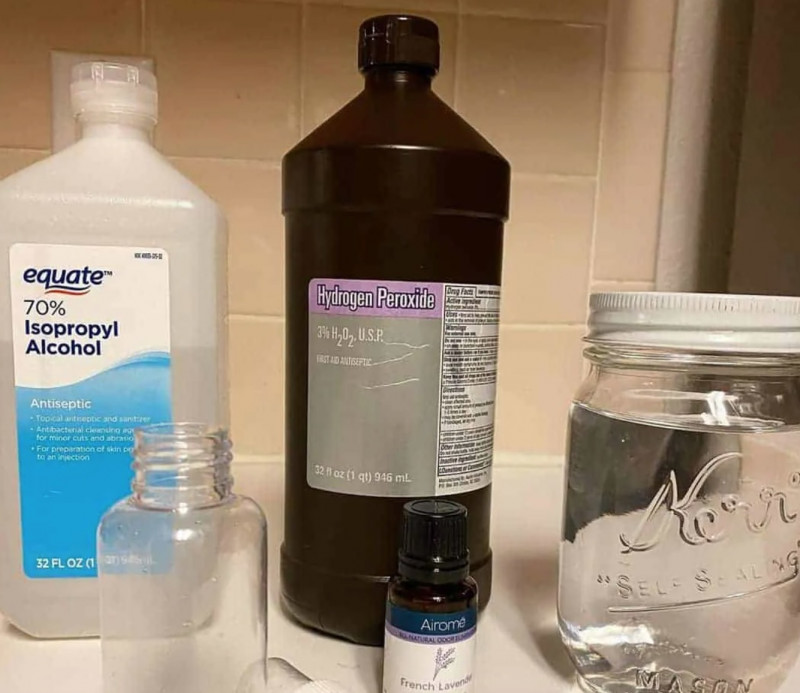
4. Hydrogen peroxide
One of the best ways to keep your cast iron skillet, ceramic cookware, and carbon steel pan clean is to use 3% hydrogen peroxide. It forms foam as soon as it comes in direct contact with the burnt food, helping you to remove all the residue effortlessly. This chemical is also very effective in removing discoloration on the surface coating.
Pour 1 ounce (29.5 ml) of hydrogen peroxide into the pan and add water. The mixture will bubble unless your chemical's expiration date has passed.
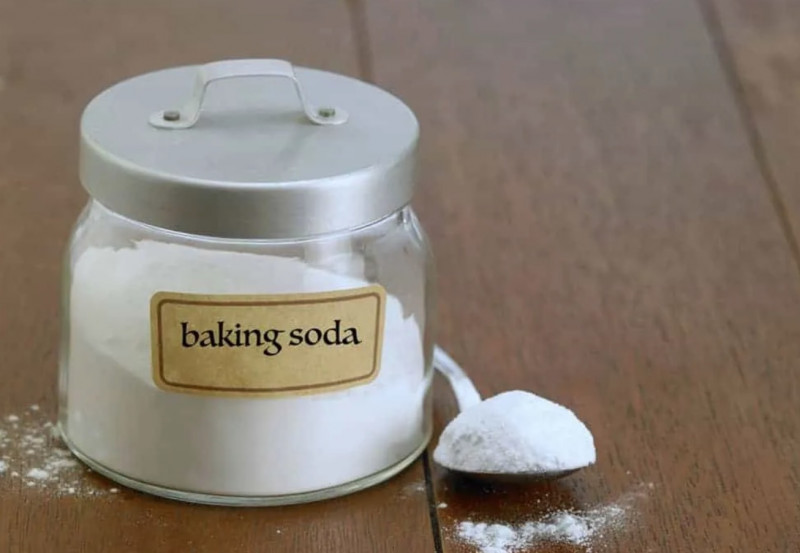
5. Baking soda
Believe it or not, you can clean your ceramic pan with just two tablespoons of baking soda, even if it's heavily stained or burned. Pour warm water into the bowl, add baking soda, and bring to a boil.
Stir the mixture with a wooden spoon for two to three minutes, then let it cool. Wash the pan with dishwashing liquid, rinse thoroughly and dry with a cloth or paper towel.
If the pan is not too dirty, you can sprinkle dry baking soda over the surface and clean the remains with a damp sponge.
